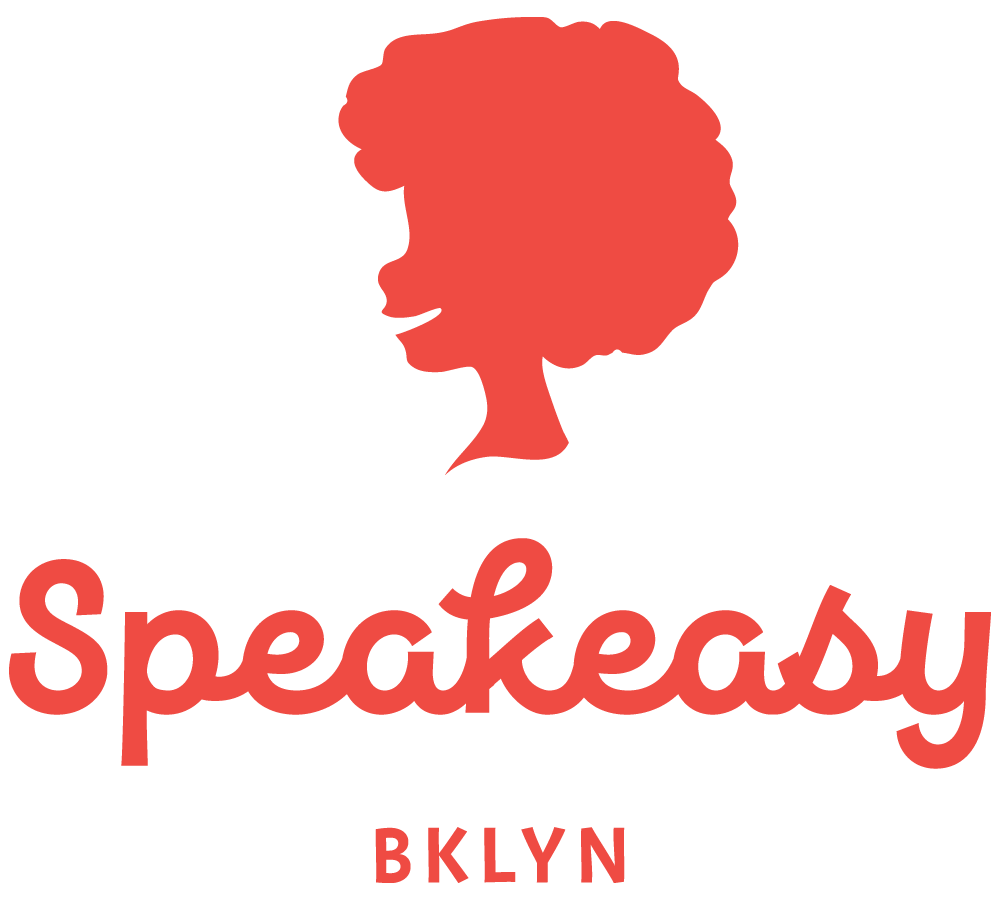Resources
There’s a saying that goes, “If you’ve met 1 autistic child, you’ve met 1 autistic child”. That being said, no one approach works for all children with speech and language differences. Below are some of the tried and true approaches.
+ DIR/Floortime™
DIR/Floortime, developed by Dr. Stanley Greenspan MD and Dr. Serena Wieder, Ph.D. DIR stands for Developmental Individual Difference Relationship-Based. It is a model for the treatment of Autism that emphasizes examining behavior then understanding why a child is behaving this way. Once this is understood, we as parents, clinicians, teachers must enter the child’s world, joining in on what he or she enjoys doing. From there we can slowly begin to challenge the child at a developmentally appropriate level.
floortime.org
+ Dynamic temporal and tactile cueing™
Motor speech disorders such as apraxia can be challenging for parents and children alike. Though apraxia affects .001% of the population, it is often overdiagnosed and mistreated.To reduce frustration, Dr. Edythe Strand created a hierarchical program to diagnose and treat apraxia integrating the principles of motor learning.
+ Social Thinking
Michelle Garcia Winner's Social Thinking curriculum targets higher developmental capacities. It teaches children social skills using the ILAUGH acronym: Initiation of communication, Listening with eyes and brain, Abstract and inferential, Understanding Perspective, Gestalt processing (big picture), Humor/Human relatedness.
socialthinking.com
+ PROMPT
PROMPT stands for Prompts for Restructuring Oral Muscular Phonetic Targets. PROMPT utilizes tactile-kinesthetic cues to guide clients who are having difficulty planning the movements necessary for speech. Touch cues are provided to the lips, cheeks and jaw providing clients with sensory support to produce speech.
promptinstitute.com
+ Orton Gillingham
Orton Gillingham is a multisensory approach to teaching reading and writing. Children who do not respond to traditional ways of teaching reading and writing require a different approach. Orton Gillingham is a developmental approach to learning how to read and write. Skills are taught in a specific order from simple to complex.
readingreformny.com
+ AAC (Augmentative Alternative Communication)
AAC is a system of communication utilized when children are not yet producing speech or when their speech is unintelligible. Data has shown that the use of AAC encourages speech and language development. PECS ™ (Picture Exchange Communication System) is an example of AAC. Research by Millar, Light & Schlosser (2006) has proven AAC increases speech production.
+ Thinking Goes to School
The Thinking Goes to School Curriculum by Hans G. Furth and Harry Wachs incorporates action oriented activities to develop intelligence. This curriculum is heavily influenced by Piaget's developmental stages. It focuses on developing the visual/spatial system before addressing academic concerns.
+ SOS (Sequentional Oral Sensory approach to feeding)
SOS is a sensorimotor approach to treating clients with feeding disorders. Often children do not have the motor movements necessary to progress to more advanced textures. SOS provides a systematic guide so children can learn the movements.
spdstar.org
+ Social Stories™
Carol Gray created Social Stories as a tool for children with Autism though they are useful for many other populations. The goal is to write a story that introduces a theme (e.g. how to behave in a certain setting, how to share, etc.). This way, when this theme presents itself in real life, the child will have a better understanding of how to respond. It's most meaningful if a story is co-written by an adult and a child.
